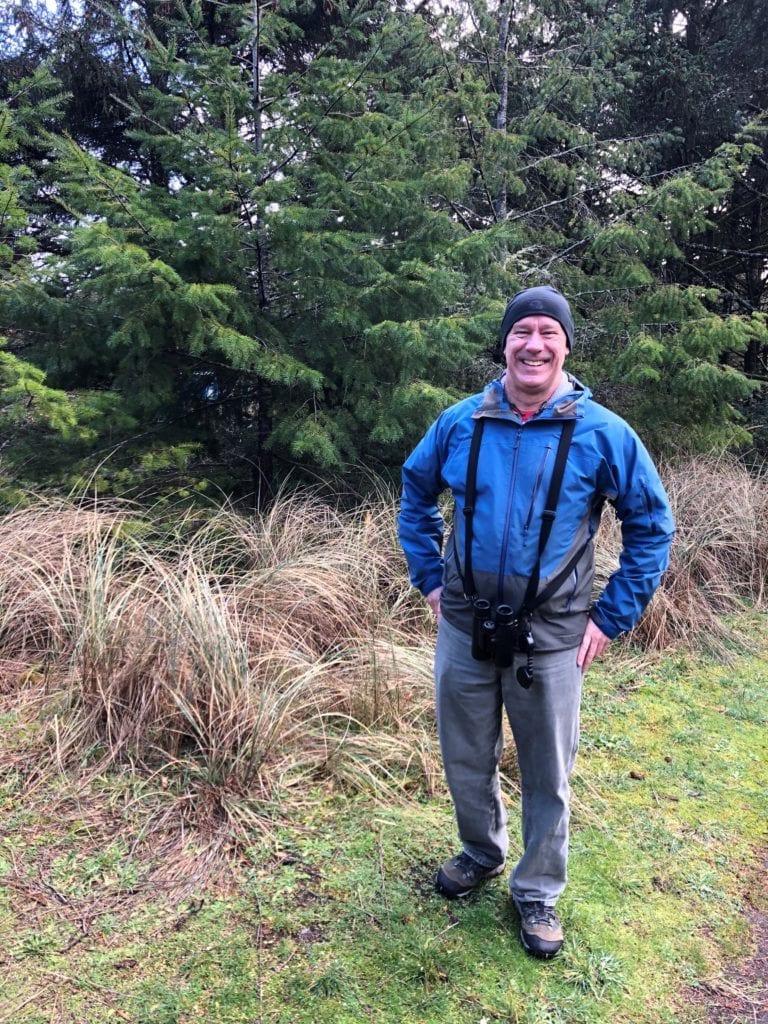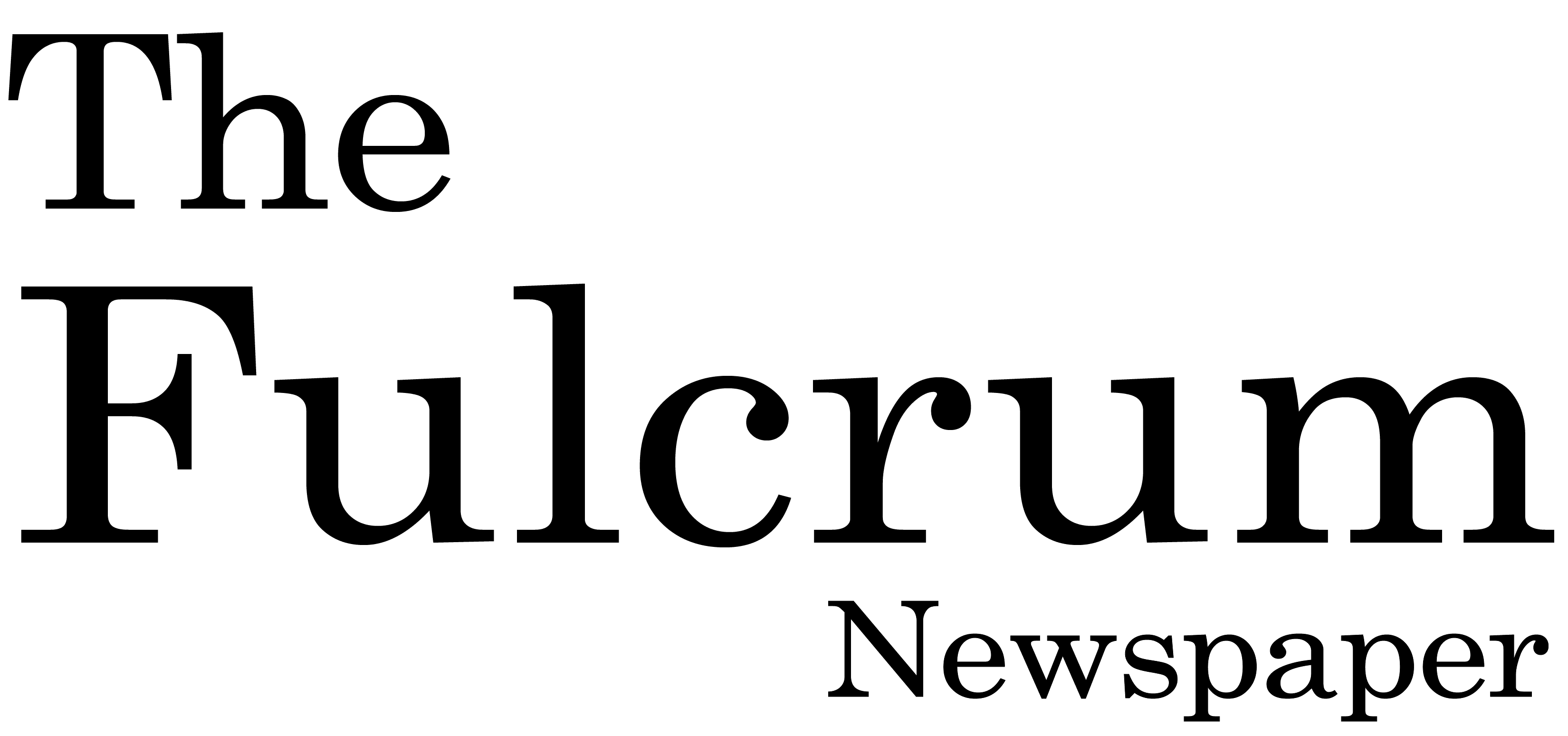
Sometimes, a single class can change the trajectory of your life in unexpected ways. A seed falls to the earth, and eventually sets root – the start of an entirely new ecosystem.
For Dr. Chris Hamilton, that watershed moment was the Ecology of the Everglades class he took back in 1987, when SUNY Broome was known as Broome Community College. A native of Oxford, Hamilton ended up at his local community college after dropping out of the Rochester Institute of Technology. Initially interested in marine biology, his high school guidance counselor had steered him toward engineering as a safer career bet.
“I went to Broome to regroup and find a new direction,” he said.
In the fall of 1986, he took a general biology course taught by Professor Dave Walsh, who started the Everglades course with Professor Rick Firenze. That’s where he learned about the Winter Term class, although he wasn’t initially interested, preferring to hang out with his friends during January break.
“It turned out that a lot of my buddies weren’t around, so I thought it would be a cool thing to do and I could make new friends,” said Hamilton, now the Western Regional biologist for the United States Department of Agriculture’s Natural Resources Conservation Service (NRCS), where he supports the work of biologists in 13 western states. “It steered me down this path, and I made lifelong friends in the Binghamton area. It opened my eyes to ecology.”
Dr. Hamilton particularly appreciated the course’s focus on ecosystem and ecological processes, how fire, drought and tropical storms shape the landscape and the life therein.
“It shaped a lot in my world,” he said. “There’s a photo of me with stuff packed for the trip. My ex-wife said that it’s a photo of a turning point in my life. You don’t have many of those.”
Learn about Liberal Arts and Sciences at SUNY Broome.

Seizing opportunity
At SUNY Broome, Professor Walsh was a model for Hamilton, who was also inspired by Dr. Thomas Crandell in psychology and Professor Anthony LoTiempo in organic chemistry.
“I had a lot of good instructors. They shaped me into a harder worker, and they broadened my interest in how a lot of things work,” he reflected. “The quality of education I got at Broome was pretty high, dollar for dollar,” said Hamilton, adding that he had to retake a few classes from his RIT days and the quality of the classes at SUNY Broome was better. “There’s opportunity there. You need to seize it.”
After graduating from SUNY Broome in 1988, Dr. Hamilton earned his bachelor’s degree at Buffalo State College in 1993 – taking a few pit stops along the way to work in the field. He spent a few summers and autumns working with sea turtles in Florida, something he likely wouldn’t have considered without the experience he had in the Everglades course.
After Buffalo State, his career took him to multiple states – from seasonal work mapping wetlands in rural Maine and restoring wetlands in New York State, to a brief stint in Pennsylvania and wetland permitting in Ohio. From there, he headed west to Washington State, doing watershed restoration work, and on to Oregon as the coordinator of a statewide habitat restoration program through the U.S. Fish and Wildlife Service.
He returned to New York with another job at Fish and Wildlife, and then switched to NRCS while in Washington, D.C., around 2004. Along the way, Dr. Hamilton’s career had become policy-oriented; to keep his technical skills fresh, he opted for a reset and moved yet again. In 2007, he went on to the University of Wisconsin, earning a master’s in natural resources and then a Ph.D. in forestry, with a focus on landscape ecology.
He then moved to New Mexico as the state biologist, before returning to the Pacific Northwest as the state biologist of Oregon. In the fall of 2019, he became the agency’s Western Regional biologist, supporting the work of scientists in 13 western states.
His work relies heavily on the perspective of landscape ecology, and how changes to ecological processes impact particular areas. Changes always pose challenges, whether from shifts in rainfall patterns or the introduction invasive species, he explained. The focus then becomes resilience, and how to aid ecosystems in maintaining their integrity as they shift in response to environmental changes.
Connect with other SUNY Broome alumni.

‘Dream big’
For future Hornets, Dr. Chris Hamilton has some simple advice: Dream big. Yes, well-meaning people may advise you to take the safer path, but drive and passion can prod you to work hard and succeed.
It also pays to be flexible in the job sphere. Early in his career. Dr. Hamilton was willing to take temporary jobs wherever they led him, and then pump gas or make sandwiches until the next opportunity arose. Those temporary jobs expanded his career network, leading to more permanent opportunities.
And above all, be open to the unexpected. You never know whether that class or experience will ultimately change your life.
“Take some chances. Do the unusual thing,” he said. “They add an extra dimension to life that you won’t get in any other way.”
Tags: Alumni, Liberal Arts and Sciences AS, Profile, STEM Division

